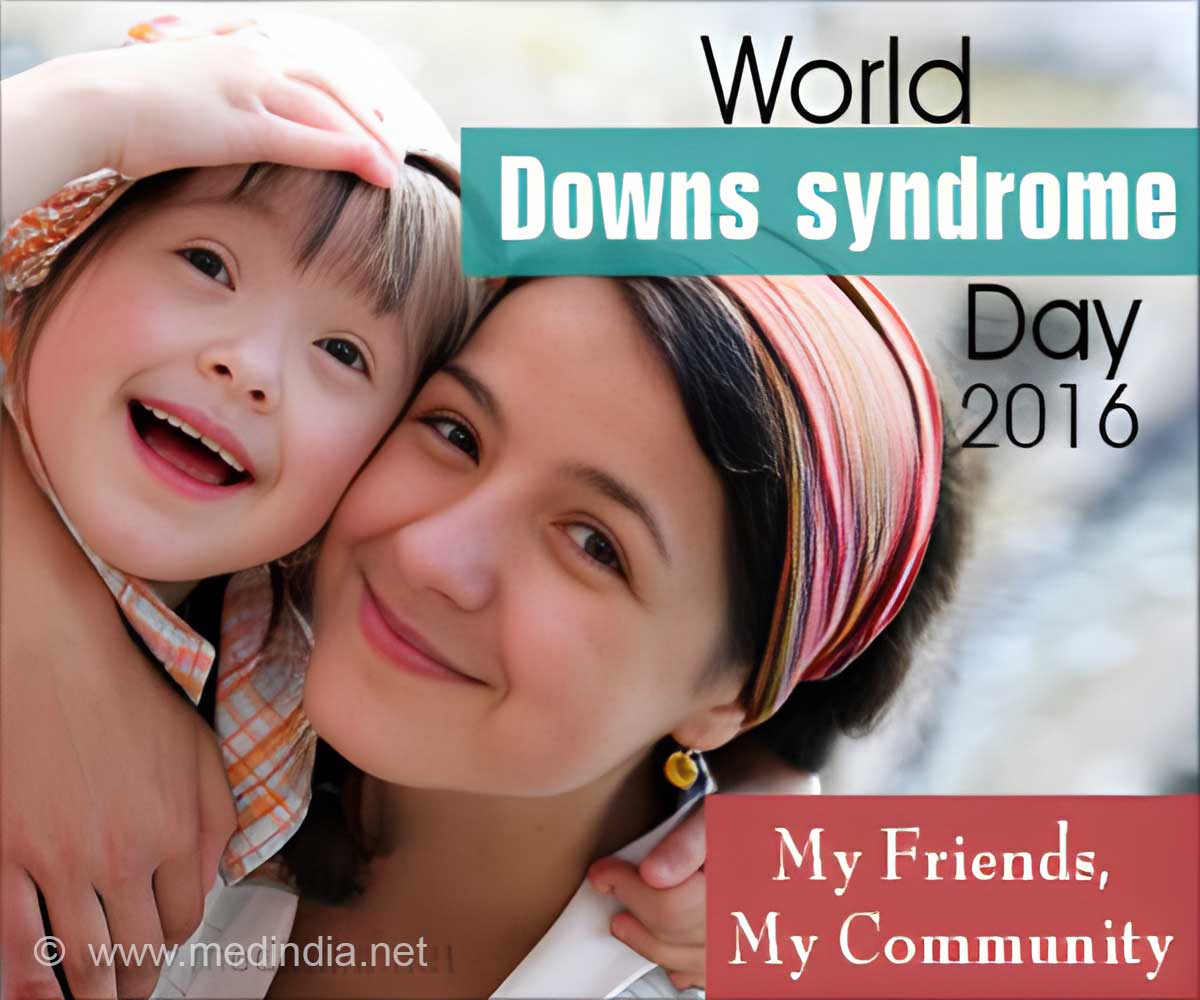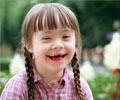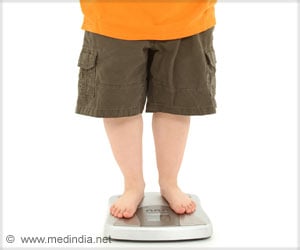The theme for World Down syndrome day 2016 is #MyFriendsMyCommunity raising awareness about their inclusion into society.

- World Down syndrome day 2016 is celebrated on March 21st with the theme #MyfriendsMyCommunity
- Down syndrome is the most common chromosomal disorder with an incidence of 1 in every 1000 baby born with this syndrome
- Down syndrome is a condition in which an additional copy of chromosome 21 is present
- People with Down syndrome have characteristic facial features that aid in identifying the condition
An article published by Babu Rao Vundinti and Kanjaksha Ghosh titled “ Incidence of Down syndrome: Hypotheses and reality” published in Indian J Hum Genet. 2011 identifies causes and risk factors associated with Down syndrome and include -
- Advanced maternal age
- Aging of gametes
- Oocytes becoming over ripe
- Recent studies have shown gene polymorphisms that affect the metabolism of folate and homocysteine an important factor in trisomy 21 or downs syndrome.
- Chewing tobacco
- Use of contraceptive pill
People with Down’s syndrome exhibit certain characteristic physical and well as intelligence and developmental symptoms. As this is a congenital condition, the symptoms are present from birth but are recognised better as the child grows up.
Physical characteristics
- Eyes slant upward and are placed further apart.
- Neck, ears and head are small.
- Hands are short with the fingers short.
- There are no creases in the palm except for a single deep crease.
- A distinct crease is found between the big and second toe.
- Developmental milestones are longer
- Speech and language learning takes increased time
- Lack ability to focus for long, poor attention span
- Show sudden impulsive behavior
The following are some of the associated conditions–
- Hearing defects - 60 to 80 percent of children have hearing deficits.
- Congenital heart disease - 40 to 45 percent of children with Down Syndrome have congenital heart disease.
- Intestinal abnormalities – can be found at a higher frequency than normal population.
- Eye Problems – more common
- Thyroid dysfunction - more common
- Skeletal problems - noted at a higher frequency
- Obesity
- Leukemia
- Alzheimer’s disease
- Seizure disorders
- Sleep apnea
- Skin disorders
Many countries, including India, look upon people with Down syndrome with caution and do not let them into active mainstream society. However, they have shown tremendous courage in gaining recognition.
Key areas: A person with Down syndrome has many faculties and interest areas that can be tapped like becoming a dance exponent. Most people with downs syndrome enjoy arts and appreciate music and dance.
Cognitive ability: Some patients have a very mild delay in cognitive development but they may require additional time to comprehend situations. All it requires is patience to encourage them.
Special school: People with Down syndrome may require additional support while learning, which has more visual images. However, they should be included in normal schools.
Health: Most people picture people with Down’s syndrome as being sickly, however, advancements in medical technology have aided in promoting health.
People with Down syndrome should be treated with care and should be made to feel normal. This will promote their well being and encourage them to look for meaningful relationships within society. Many people with Down’s syndrome are being actively employed in banks, hotels and other places of business, allowing them to contribute to society.
This World Down syndrome day 2016 seeks to highlight their active inclusion into society by creating special bonds of friendship within the community #MyFriendsMyCommunity
References:
- http://www.ncbi.nlm.nih.gov/pmc/articles/PMC3276977/
- https://www.nichd.nih.gov/health/topics/down/conditioninfo/Pages/symptoms.aspx
- http://www.ndss.org/About-NDSS/Newsroom/Recent-News/World-Down-Syndrome-Day-2015/
- https://worlddownsyndromeday.org/wdsd-conference
Source-Medindia









